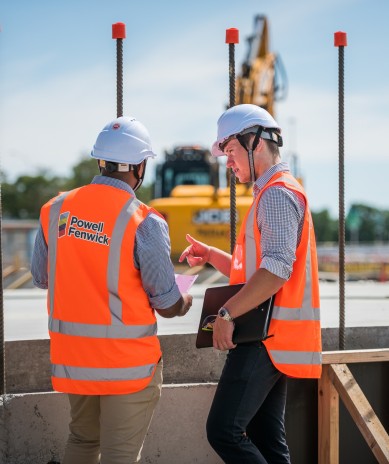In 1954, Christopher Fenwick and Guy Powell joined forces to create what is now known as Powell Fenwick Consultants – helping shape the buildings and structures we see today.
The company has since gone from strength to strength and become one of the largest multidisciplinary engineering consulting businesses in the South Island, building a reputation for delivering quality and detailed services.







